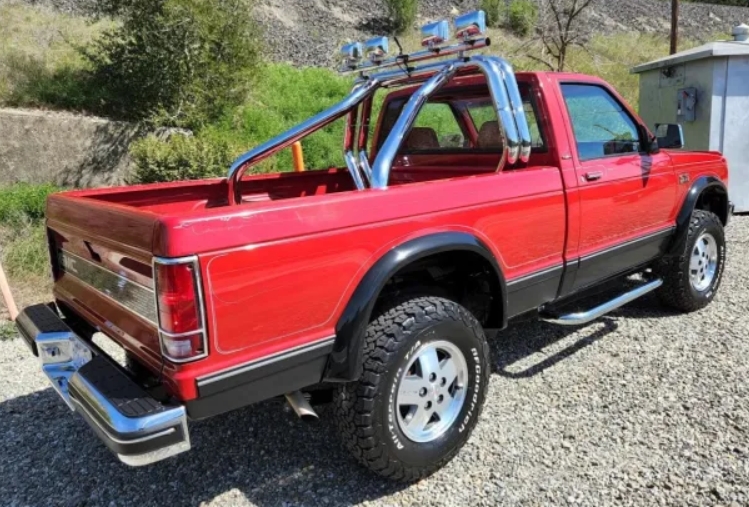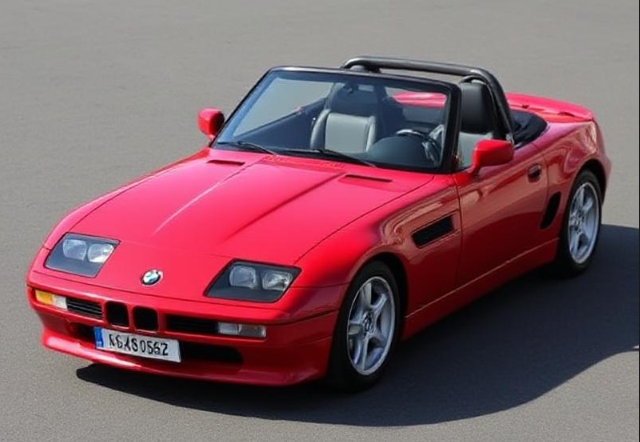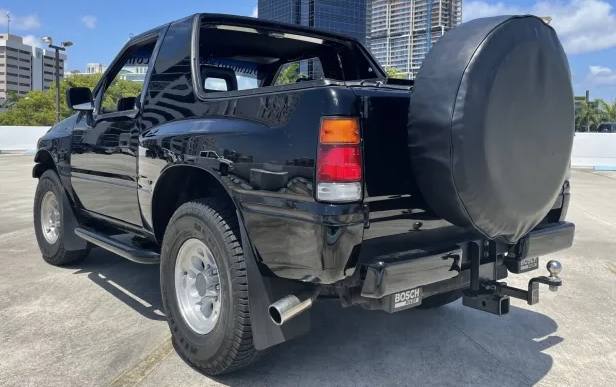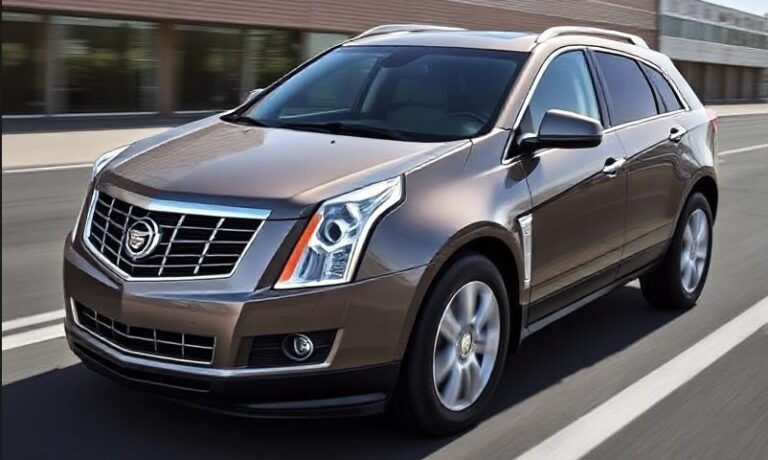The Evolution of the GMC S-15: A Journey Through Time
The GMC S-15, a compact pickup truck that held its ground in a fiercely competitive market, represents a significant chapter in the history of American automaking. With its roots stretching back to the late 1980s, the S-15 was a testament to GMC’s commitment to innovation, quality, and customer satisfaction. This article traces the evolution of the GMC S-15, examining its models, trim levels, and the automotive landscape during its production years.
The Birth of the S-15 (1982-1990)
The GMC S-15 was introduced in 1982 as GMC’s answer to the growing demand for compact trucks. It was designed on the same platform as the Chevrolet S-10, leveraging shared parts and engineering to keep costs competitive. Initially, the S-15 was offered in two configurations, the standard cab and extended cab, with a variety of options tailored for both personal and commercial usage. The 1982 model was equipped with a 1.9-liter four-cylinder engine as standard, while a 2.8-liter V6 was also available.
Trim Levels:
- Base: The simplest form of the S-15, focusing on utility rather than comfort.
- SLE: A step up, offering some additional features and comfort enhancements.
- SLT: Introduced later in the production run, the SLT provided more luxurious features, such as improved upholstery and entertainment systems.
Mid-Range Development (1991-1993)
In 1991, the S-15 received a significant redesign, featuring a more streamlined body and improved aerodynamics. This generation was marked by better handling and ride quality, which enhanced consumer appeal.
Engines:
The base engine remained a 2.5-liter four-cylinder, while options expanded to include a robust 4.3-liter V6. This era saw improvements in fuel economy and engine performance, reflecting evolving consumer expectations.
Trim Levels Expanded:
- Base
- SLE
- SLT
- GMC S-15 Baja: This special trim focused on off-road capability, adding features like skid plates and off-road tires.
.

.
The Final Years of the S-15 (1994-2005)
As the competitive landscape shifted toward larger pickups, the GMC S-15 was rebranded as the GMC Canyon in 2004. However, during its final years as the S-15, the truck continued to receive updates that kept it relevant.
Redesign and Features: (1994-2004)
The S-15 underwent additional styling changes in 1994, featuring a more muscular appearance, with enhanced interior comfort and modern amenities. The truck became popular with younger buyers, aided by its affordability and available features.
Trim Levels Continued:
- Base
- SLE
- SLT
- GMC S-15 Off-Road: A trim tailored for off-road enthusiasts with enhanced suspension and rugged tires.
GMC also introduced a number of special editions during this period, including:
- GMC S-15 Limited Edition: Released in 1997, this trim had unique paint schemes and differentiated badging.
- GMC S-15 Sonic: This sporty version included performance enhancements, including a tuned engine and sport-tuned suspension.
Technological Advancements
Throughout its production, the S-15 benefitted from advances in technology, including improvements in safety features, engine performance, and fuel efficiency. For example, anti-lock brakes became a standard feature by the late 1990s, responding to consumer demand for safety.
One notable addition was the option of a four-wheel-drive system that became more refined over time, adapting to changing conditions and enhancing usability for both everyday driving and off-road adventure.
Legacy and Impact
The GMC S-15 left behind a lasting legacy. It appealed to a diverse range of customers, from everyday drivers to contractors, and was particularly popular with young buyers seeking something more than a standard sedan. Its versatile platform allowed for customization with various accessories, creating a loyal aftermarket community.
The truck’s impact can also be seen in the subsequent GMC Canyon, which takes many cues from the S-15 both in terms of strategy and engineering. As more consumers gravitated towards full-size pickup trucks, GMC adapted by elevating the Canyon into a more substantial competitor while still maintaining the essence of what made the S-15 popular in its heyday.
Conclusion
The evolution of the GMC S-15 is a fascinating journey marked by innovation, adaptability, and a keen understanding of consumer needs. Spanning from 1982 to 2005, this compact truck evolved from a basic workhorse to a refined vehicle that appealed to various segments of the market. Each generation brought forth new engines, updated features, and unique trim levels, allowing GMC to maintain relevance in a rapidly changing automotive landscape.
As we look back at the GMC S-15, it becomes clear that it was more than just a truck; it was a reflection of the times and the changing preferences of truck owners in America. Its legacy continues to influence how compact trucks are manufactured today, making it a noteworthy instance of automotive evolution during a transformative era in the industry. The GMC S-15 may no longer roll off assembly lines, but its spirit lives on in the vehicles that succeeded it and in the memories of those who drove it.







